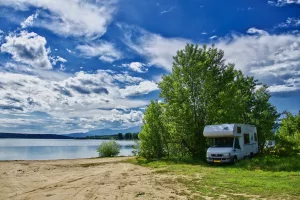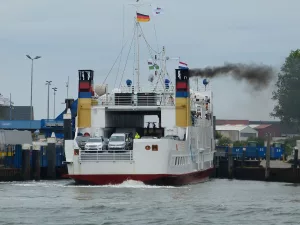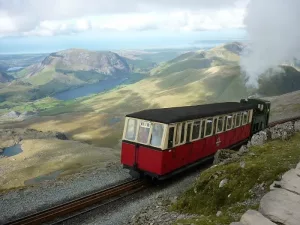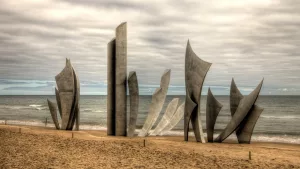Driving in Croatia
Are you planning on driving in Croatia?
In our Croatian Driving Essentials report, we cover everything you need to know about driving in Croatia, an increasingly desirable destination for motorhomers and travellers alike. We spent around 7 weeks travelling around Croatia in the motorhome and have also been to Zagreb as a city visit on a number of occasions, the last time being before we went to Sri Lanka and had to park the van up in Greece for 3 months. Its a wonderful city.
Go to our ‘Croatian Travel Hub’ to understand everything about Croatia. From the wild camping rules, what you need to have in place to take your pet to Croatia and even what sim card you need to use.
This handy Croatian travel guide will give you all the practical and essential information that you need to know before you go!
Driving in Croatia - Jump To
Driving in Croatia - The Basic Rules
We will start with taking you through the basic driving rules for driving in Croatia:
- Drive on the right and overtake on the left.
- Give way to vehicles that are on the right.
- Compulsory seatbelts required in the front and back seats.
- No children under 12 in the front seats.
- Children aged 2 – 5 years must have an appropriate child seat to sit in.
- Headlights always dipped between October and March when driving in Croatia.
- Keep documents on you (licence, registration, insurance).
- Winter tyres compulsory in winter and snow chains advisory on snow over 5cm.
- A frames are illegal for towing in Croatia – so you need to find another way.
- Mobile phones are not allowed. It is hands free only when driving in Croatia.
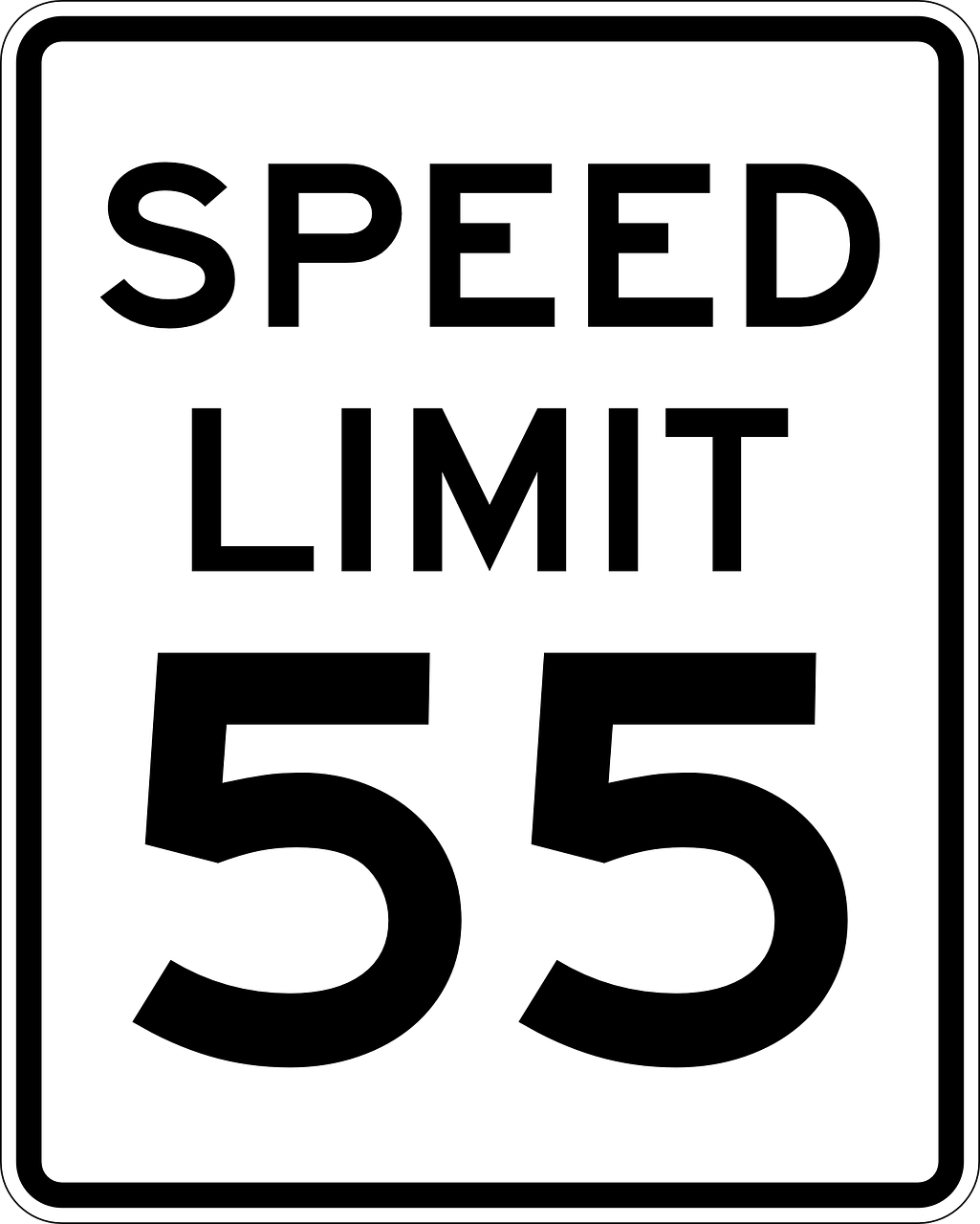
Check your Speed!
The driving speed for your motorhome in Croatia under 3.5 tonnes are:
- Urban – 50km/h (30mph)
- Minor roads – 90km/h (56mph)
- Dual carriageways- 110km/h (68mph)
- Motorways – 130km/h (80mph)
The driving speed for your motorhome in Croatia over 3.5 tonnes are:
- Urban – 50km/h (30mph)
- Minor – 80km/h (50mph)
- Dual carriageways- 80km/h (50mph)
- Motorways – 90km/h (55mph)
Essential Driving Requirements for Croatia
There are a number of items that are mandatory when driving in Croatia and some which are advised and it is good practice to take these items with you.
Mandatory for Driving in Croatia
- A current passport
- Valid Drivers Licence
- Proof of Insurance
- Registration documents for the motorhome or camper
- UK stickers for your numberplate (Brexit impact)
- Reflective vest (for each person in the motorhome) – you can get a fine if you are not wearing one if you breakdown on a motorway.
- Warning triangle in case of breakdown or accident
- A spare wheel for your vehicle
- Headlight beam converters (already fitted to the motorhome)
- First-aid kit (this is compulsory in all vehicles)
- Crash helmets for riders of mopeds (if you have one on the back of your motorhome)
- Spare bulbs (except for vehicles with xenon, neon or LED bulbs)
Advised/Good Practice Items for Driving in Croatia
- Spare fuses
- Fire extinguisher (we needed ours in Austria even though it is not mandatory)
- Snow chains if you are driving in Croatia in the winter.
Drink Driving Laws Whilst Driving in Croatia
The drink drink driving limits in Croatia are the same as much of mainland Europe, with 0.05% (50mg) per 100ml. If you are under the age of 24 then there is a zero tolerance with the level being 0.00%. As with most places, we recommend that if you are driving your motorhome, you don’t simply don’t drink.
Driving in Croatia in the winter
On major roads, winter equipment is mandatory between 15 November and 15 April, regardless of weather conditions. All motor vehicles (weighing less than 3.5 t) must use winter tyres (M+S) on all wheels, or summer tyres with minimum tread depth of 4 mm + have snow chains in the vehicle, ready to use on powered wheels. Busses and heavy goods vehicles must carry snow chains or have winter tyres (M&S) fitted on powered wheels. Studded tyres are not allowed for driving in winter in Croatia.
Speed checks in Croatia
Speed cameras are on the highways dotted around Croatia and there are a number of new camera installations planned in 2024 bringing the total up to around 1700! That’s a lot of cameras, and since joining the EU, this has increased. Many of these are due to be installed this year (2024) to bring them inline with a project called Crocodile, which is part of the ITS (Intelligent Transport System) already used in the rest of the EU.
To be fair, just don’t speed is the easiest thing, rather than trying to track where you might get caught for speeding! Driving in Croatia is such a beautiful experience, with their diverse landscapes and towns, make the driving part of your destination.
Traffic Fines in Croatia
A fine for a traffic penalty for a non Croatian will need to be paid on the spot. You should pay on the spot so that you pay only half the fine amount, the fine is considered to be paid up. If you refuse to pay, then you could have your documents confiscated to ensure you turn up at a court for a proceedings. Failing to do that and leaving the country however, you risk facing imprisonment if you return. You can read the full terms for fines and their implications on the Croatian Government website.
Toll Roads in Croatia
You can pay for the tolls in two ways. Manually or electronically with the use of a pre-paid SMART system. The SMART card system gives a 10% discount, but you need to register with the authorities ahead of time, so make sure you plan this in to do in the lead up for your holiday if that’s what you want to do. If you are not using the SMART system, just use cash or card at the booth.
How to Cross to Southern Croatia (For Dubrovnik)
The Pelješac Bridge is 2,404m long and 55m high. It bridges the Maloston Bay and connects the north to the south of Croatia. Previously a small section of Bosnia was crossed to reach the south to get to Dubrovnik on the Pelješac peninsula. This is now not the case. The construction of the bridge cost 418 million euros, and 85% of the eligible costs were co-financed from the funds of the European Union. There is NO CHARGE for using the bridge.
Low Emission Zones in Croatia
As of the time of writing (2024) there are no environmental zones for emissions whilst you are driving in Croatia.
Landmines in Croatia
Croatia does have landmines which are still uncovered – so hiking and trekking and off-road driving – is better done with maps or guides. The areas that are more dangerous are those that are around Velebit and Zadar areas of Croatia. As Croatia has woken up to tourism, adventure tourism is more popular which tends to be offroad – so mountain biking, rafting etc. Many of the areas are around the Bosnian/Croat boarder.
If you see this sign “Ne Prilazite – na ovom podrucju je velika opasnost od mina” it translates to “Do not cross, there are landmines in the area”. The last known death was in March 2021 and was near the Croatian/Bosnian border.
Driving and Wild Camping in Croatia
Wild camping is prohibited in Croatia. The Croatian Tourism Act regulates the rules and the fines are steep. Fines of up to 400 euros can be given. In the areas around the coast, the beach front and national parks, you will find these rules are followed. However, if you stay away from the tourist hot spots, and are off season then it is tolerated, or you will be asked to move on without a fine.
Please do take into consideration the landmine situation if you are wild camping. This is the very reason that they have heavy fines in place. There are plenty of very reasonable campsites in Croatia, although some of the campsites are literally cheek to jowl. They don’t seem to have the regimented ‘pitch’ approaches that we have in the UK! Your pitch is what you make it.
Essential phrases to use in Croatia
We figured it would be useful to have some core phrases to get by in the restaurants of cafe’s – speaking just those core words show a little respect for the people and the country. The only different phrase here from Bosnian phrases is the ‘Have a good evening’ which would be expected given the history of the countries.
- Hello – bok
- Thank you – hvala
- Have a good day – ugodan dan
- Goodbye – dovidenja
- The bill please – Racun molim
- Have a good evening – ugodnu vecer zelim
We hope you enjoyed this article and found it useful. If you found it useful, please do share with others using the share buttons below. If you think we have missed something – please do let us know. We read all our emails!


